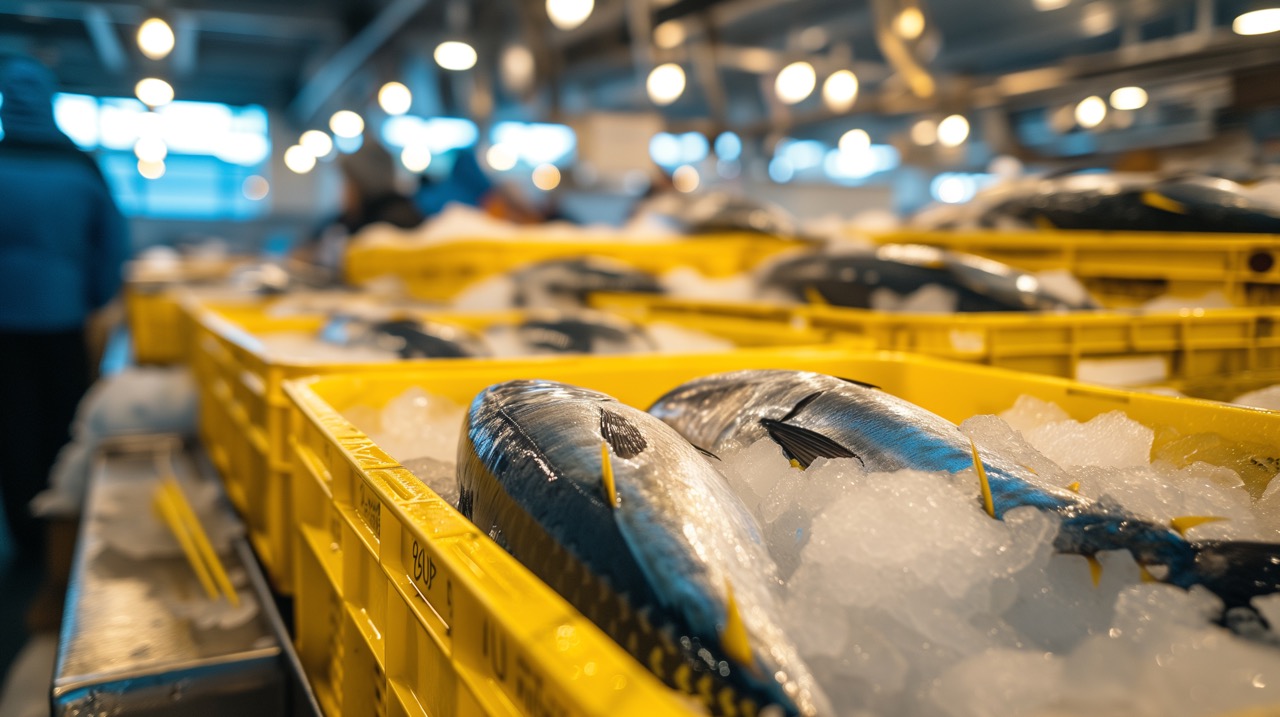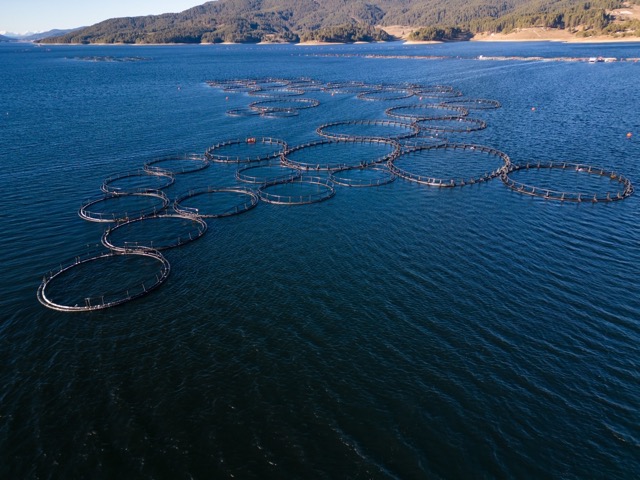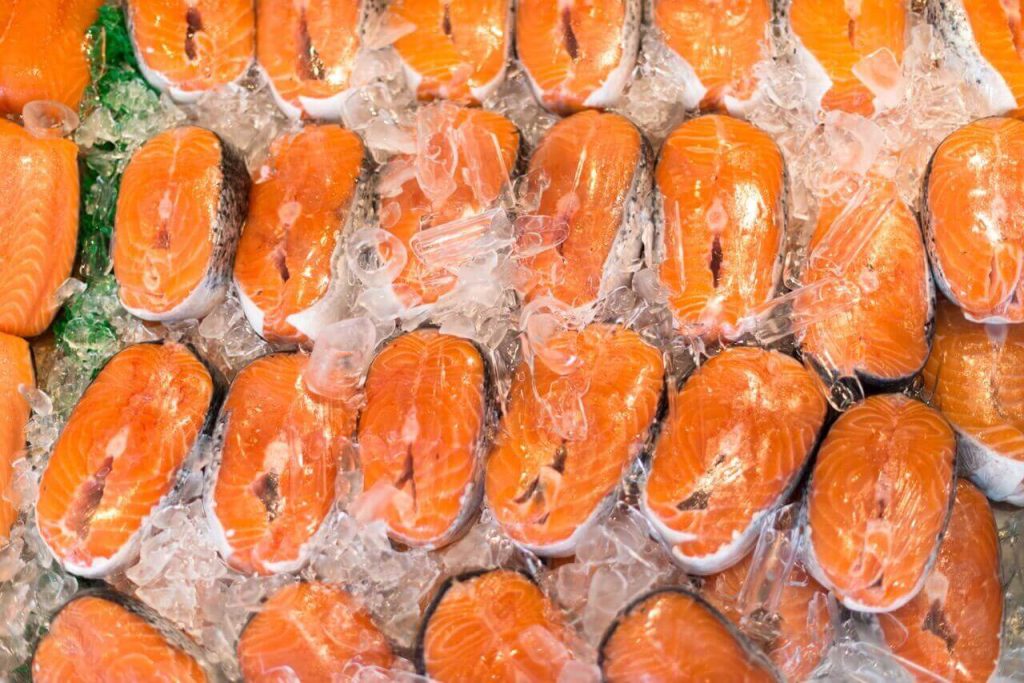Picture a lively marketplace filled with activity, the scent of fresh seafood in the air, and the sound of waves nearby. This is the essence of a fish auction in the United States—a key part of the seafood supply chain where fishermen and buyers come together in a competitive auction environment. But what exactly happens at a U.S. fish auction, and how does the auction system work? Let’s explore the process.
What Is a Fish Auction?
A fish auction in the United States is a specialized marketplace where fresh seafood is sold through an auction process. These auctions play a crucial role in ensuring that seafood reaches consumers with the highest quality standards. They also provide transparency in pricing and help balance supply and demand in the seafood industry.
They are typically located in major fishing ports along the U.S. coasts. For example, they are located in New Bedford, Massachusetts, Seattle and Washington. They serve as the first step in the seafood supply chain.
Brief history of fish auctions in the United States
The history of fish auctions in the U.S. dates back to the 19th century, coinciding with the growth of commercial fishing. Early fish auctions were established in key ports, facilitating the trade of fresh seafood. Over time, these auctions have modernized with the introduction of refrigeration, electronic bidding systems, and enhanced logistics. These technological advances alongside sustainable practices have made the process more efficient and ensure the freshness and quality of the seafood.
>> You might be interested in: What is product traceability in fishing?
How does a fish auction work in the United States?
Here’s a step-by-step overview of how a typical fish auction operates in the U.S.:
- Arrival and Unloading: Fishing boats arrive at the port and unload their catch at the auction house.
- Inspection: Trained professionals inspect the seafood to ensure it meets quality standards before it can be auctioned.
- Sorting and Preparation: The seafood is sorted by type, size, and quality, then prepared for auction.
- Auction: The seafood is auctioned off to the highest bidder. Auctions can be conducted electronically or through traditional live bidding.
- Sale and Distribution: Once the auction is complete, the seafood is sold to the winning bidders and distributed to markets, restaurants, and other buyers.
- Record-Keeping: All transactions are recorded, including details on pricing and quantities sold, ensuring transparency and traceability.
Importance of fish auctions in the United States
Fish auctions are vital to the U.S. fishing industry for several reasons:
- They ensure that seafood meets strict quality and freshness standards before reaching consumers.
- They provide a transparent and competitive marketplace where prices are determined by supply and demand.
- They support sustainable fishing practices by regulating the quantity and type of fish sold, helping to protect marine resources.
- They contribute to the local economies of fishing communities by creating jobs and supporting the fishing industry.
The Fishing Auction Process: Traditional vs. Electronic
In the U.S., fish auctions can be conducted in two main ways:
- Traditional Auctions: In some auctions, bidding occurs in person, with an auctioneer presenting the seafood lots to buyers who place bids by raising their hands or using paddles. The bidding starts at a high price and decreases until a buyer accepts the price.
- Online fish auction: This more modern method is common in the U.S., where prices for seafood lots are displayed on a screen, and buyers use electronic devices to stop the price drop when they are ready to purchase. This method is efficient and allows for quick transactions.
Commercialization of Seafood in U.S. Fish Auctions
The commercialization of seafood through U.S. fish auctions is a vital process that ensures the efficient movement of seafood from fishermen to consumers while maintaining high quality standards. At these auctions, fresh catches are sold through a competitive bidding process, where buyers place bids on various types of seafood. The auction serves as a crucial marketplace that determines the price of seafood based on its quality and current market demand.
Once the auction is completed, the seafood is promptly transported to markets, restaurants, and other buyers across the country. This swift movement is essential for preserving the freshness and quality of the seafood, as delays could affect its condition. The transportation logistics are well-coordinated to ensure that the seafood reaches its destination in optimal condition.
Prices at fish auctions can fluctuate significantly depending on factors such as supply and demand, the quality of the catch, and seasonal variations. This dynamic pricing helps reflect the true market value of the seafood and allows buyers to make informed purchasing decisions. Overall, U.S. fish auctions play a critical role in the seafood industry by balancing supply and demand and ensuring that high-quality seafood reaches consumers efficiently.
Regulations and Standards in the U.S. Fish Auctions
Fish auctions in the U.S. operate under strict regulations to ensure the sustainability of marine resources, food safety, and transparency in commercial transactions. These regulations are enforced by federal and state agencies, including the National Oceanic and Atmospheric Administration (NOAA) and the U.S. Food and Drug Administration (FDA). Key regulations include:
- Magnuson-Stevens Fishery Conservation and Management Act. Governs marine fisheries management in U.S. waters.
- Food Safety Modernization Act (FSMA): Ensures the safety of food products, including seafood, through strict controls and monitoring.
- Sustainable Fisheries Act: Promotes the conservation and sustainable use of fishery resources.
U.S. fish auctions are not just commercial hubs but also models of sustainability, quality, and transparency in the seafood industry.
These facilities ensure that the seafood reaching our tables meets the highest standards, while also protecting marine resources and the well-being of fishing communities. Thus, each auction at a fish market is much more than a simple transaction; it is a vital link in the chain that connects the sea to consumers, ensuring a sustainable future for fisheries.





